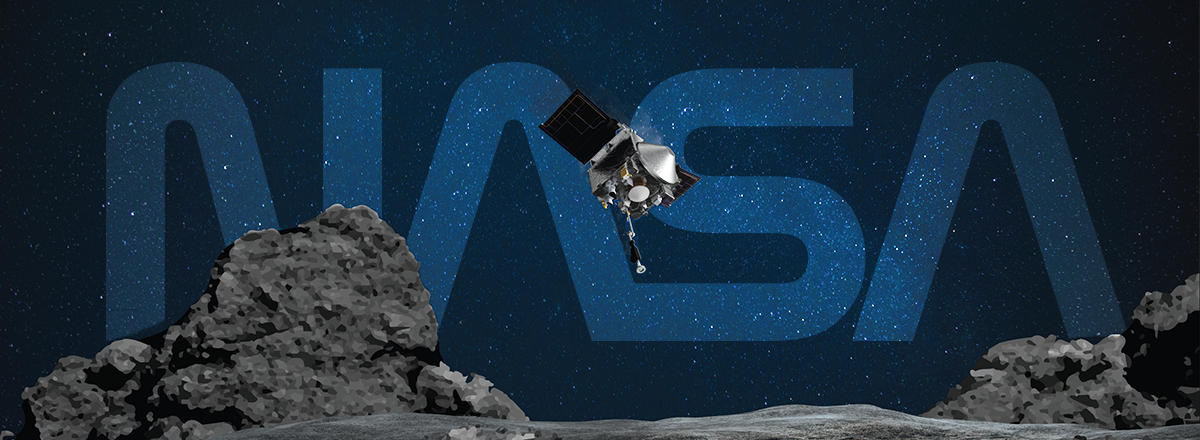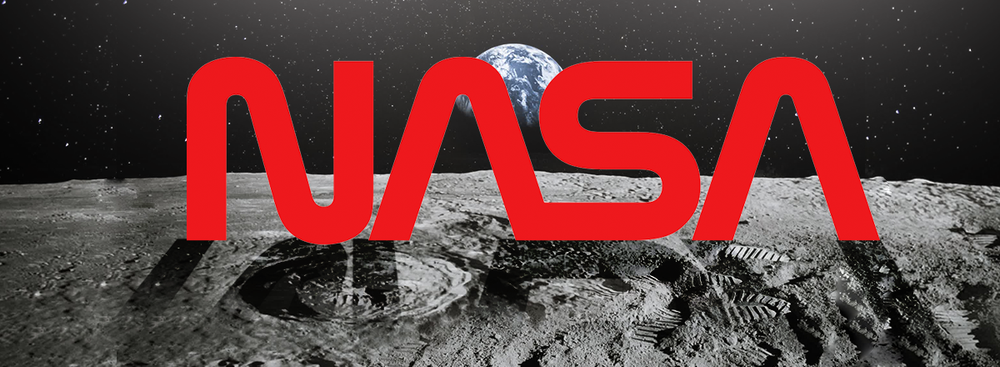At a press conference, NASA's Stratospheric Observatory for Infrared Astronomy (SOFIA) announced the presence of water on the sunlit surface of the Moon for the first time.
NEWS: We confirmed water on the sunlit surface of the Moon for the 1st time using @SOFIAtelescope. We don’t know yet if we can use it as a resource, but learning about water on the Moon is key for our #Artemis exploration plans. Join the media telecon at https://t.co/vOGoSHt74c pic.twitter.com/7p2QopMhod
— Jim Bridenstine (@JimBridenstine) October 26, 2020
The Apollo astronauts first returned from the Moon in 1969. At that time, it was thought that the Moon was completely dry. Many years have passed, and now water molecules were discovered by researchers in the Clavius Crater, one of the largest craters in the southern hemisphere of the Earth's satellite. Clavius is so huge that it can be seen even from our planet.

According to the observatory, in a cubic meter of soil in the crater, there is water with a volume of about 0,3 liters. NASA claims that the discovery made it possible to understand that water is probably distributed over the entire lunar surface. Previously, it was believed that water molecules could be found in craters only in the Moon's darkened areas.
But researchers can't conclude for sure that this water can be used as a resource. NASA Administrator Jim Bridenstine said that finding water on the Moon is key to research plans under the Artemis program. In 2024, the space agency plans to return American astronauts to the Moon and conduct research in its South Pole region, where ice water should be stored.

NASA reached out to three private companies to develop spacecraft that will send people to the Moon in 2024. The space agency has signed contracts with Dynetics, Elon Musk's SpaceX, and Jeff Bezos's Blue Origin.














